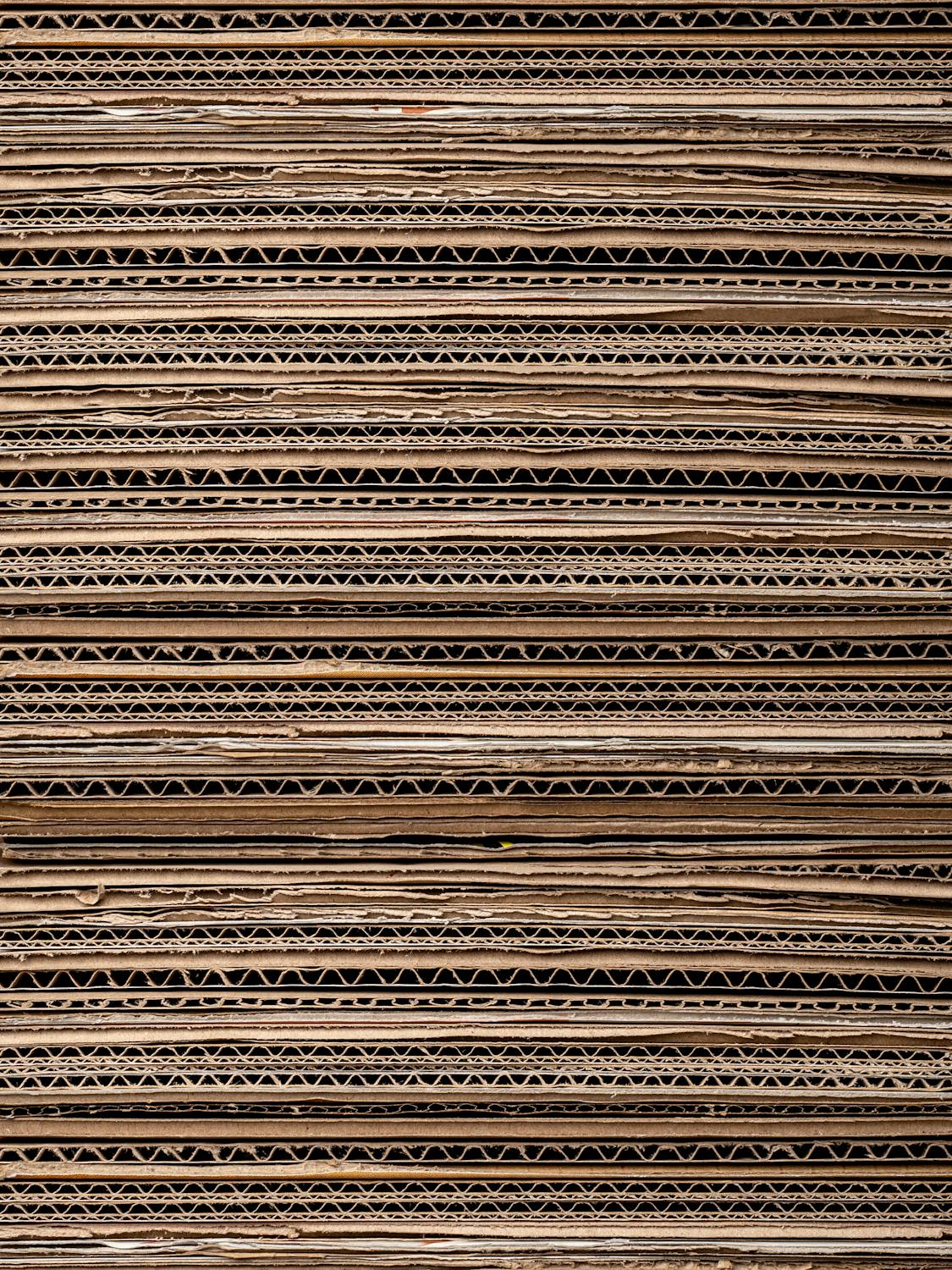
The recycling process of cardboard
We always shout out loud that cardboard is the future. After all, it is recyclable! But what makes cardboard so suitable for recycling? We are happy to explain!
Recyclable!
Of course, cardboard is not the only material that can be recycled. Metal, plastic, wood and yes, even cigarette butts are recyclable. That is of course nice, because if we only continue to produce things that we do not recycle, we will be left with a lot of waste. However, it is often complicated to recycle these materials, or to find a good destination for them. With paper and cardboard, that is different!
The process
Cardboard is actually nothing more than wood fibres and a little water. Different types of wood fibres are used for different types of cardboard. These can be new wood fibres, or wood fibres from a recycling process. All kinds of additives, small substances, can also be added to give the cardboard certain properties, for example to make it extra strong or water-repellent!

After the paper and cardboard have been collected, it is first thoroughly cleaned and sorted. The old paper is then compressed into large bales, which are taken to the recycling plant. There, the old paper is dissolved in water. The wood fibres are then released and a pulp is created. All contamination is removed from this: staples, plastic, contamination, pieces of adhesive tape. What remains is a pulp of paper fibres, ready for the next step in the process!
If necessary for the final product, the ink can also be removed! This can be done by means of 'flotation', and in this process the ink is brought to the surface by means of soap bubbles. And even these ink residues are not thrown away! Because this can be used again as a filler in concrete blocks. Who knows, your house might be partly made of old newspaper headlines!

Now the process of making paper can begin. The pulp is then pressed, dried and rolled flat into large sheets. After this it is suitable for processing into paper or cardboard. Of course, all sorts of things can be added, such as new wood fibres to make the cardboard extra strong. Or, for example, pigment to give the cardboard a different colour! We always prefer brown ourselves; it is nice and close to the natural colour of cardboard and makes our products very recognisable!
Enthusiastic recyclers
In the Netherlands, around 75% of all paper and cardboard is recycled, making it by far the most recycled material. In 2005 alone, that was around 2.5 million tons! This has also created a very extensive infrastructure with many collection points and recycling factories. Recycling cardboard is therefore a piece of cake!
This way we ensure that our products do not remain after use and become part of the waste mountain. Instead, our products can be used again as basic material for new products!
The process
Cardboard is actually nothing more than wood fibres and a little water. Different types of wood fibres are used for different types of cardboard. These can be new wood fibres, or wood fibres from a recycling process. All kinds of additives, small substances, can also be added to give the cardboard certain properties, for example to make it extra strong or water-repellent!
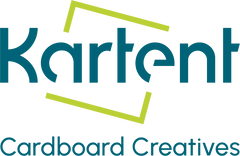

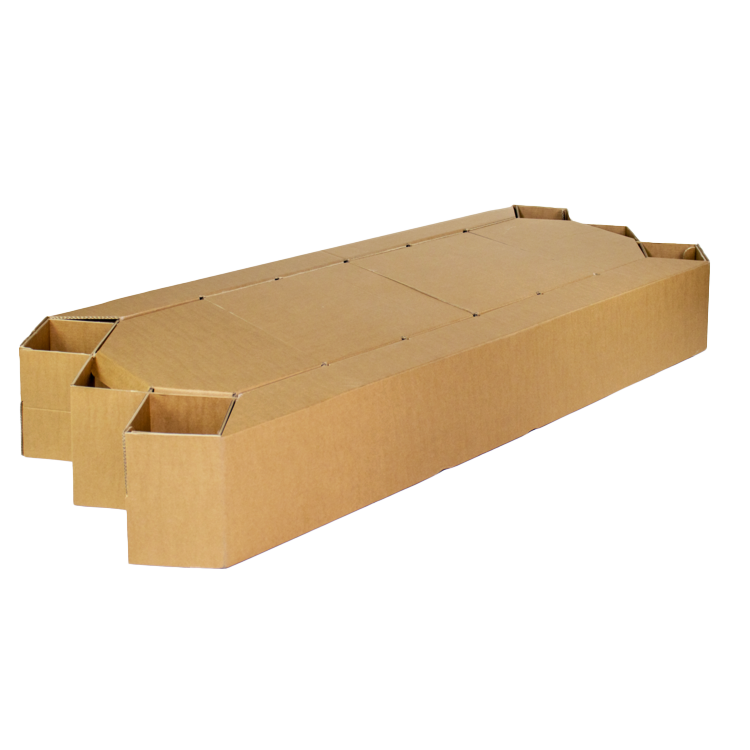

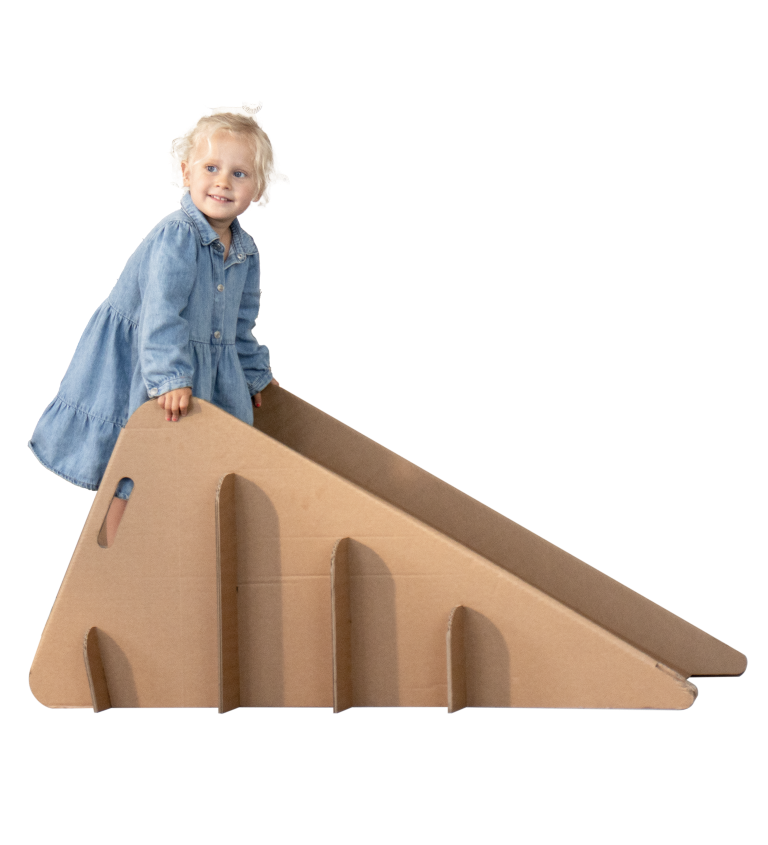
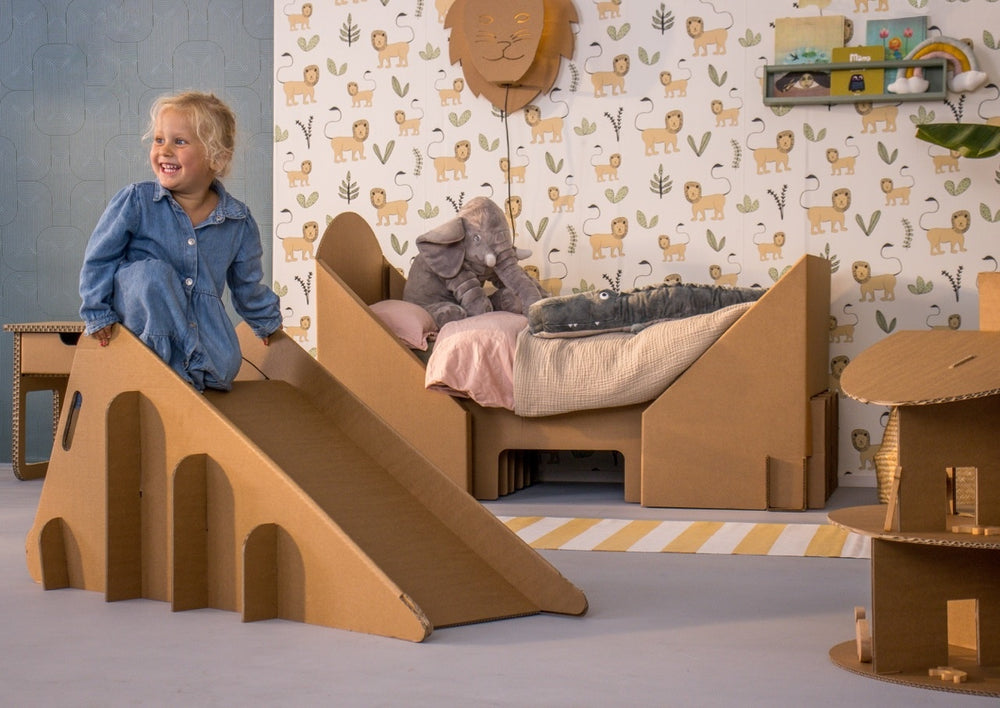
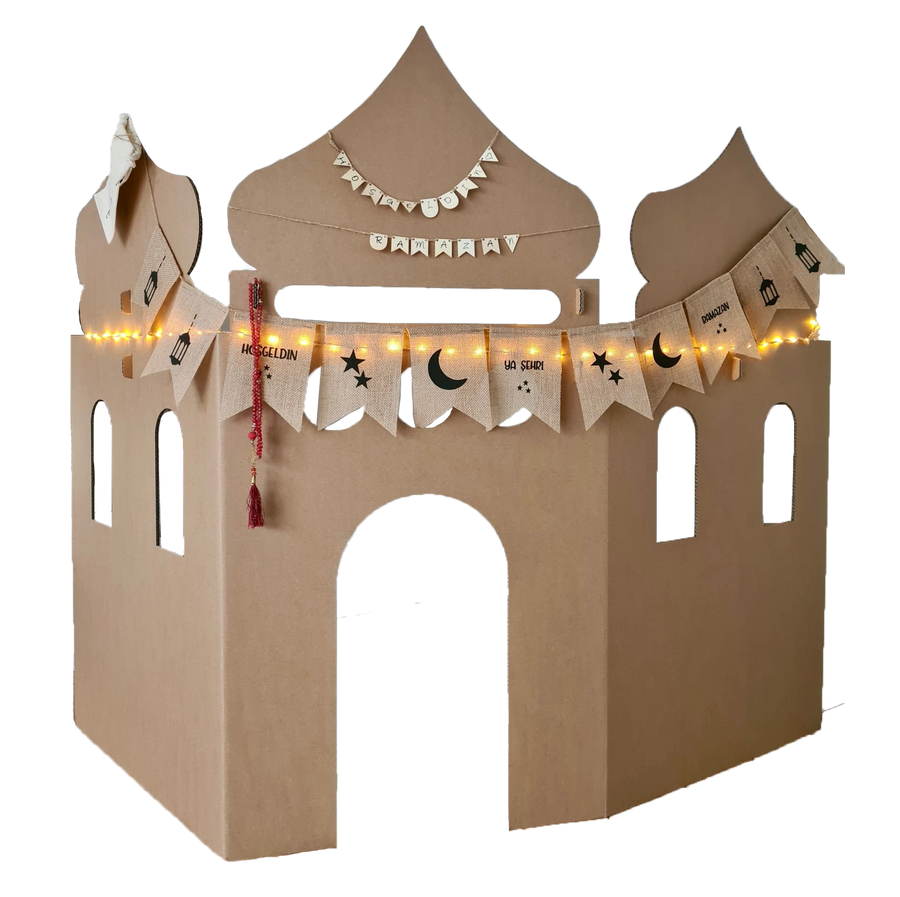
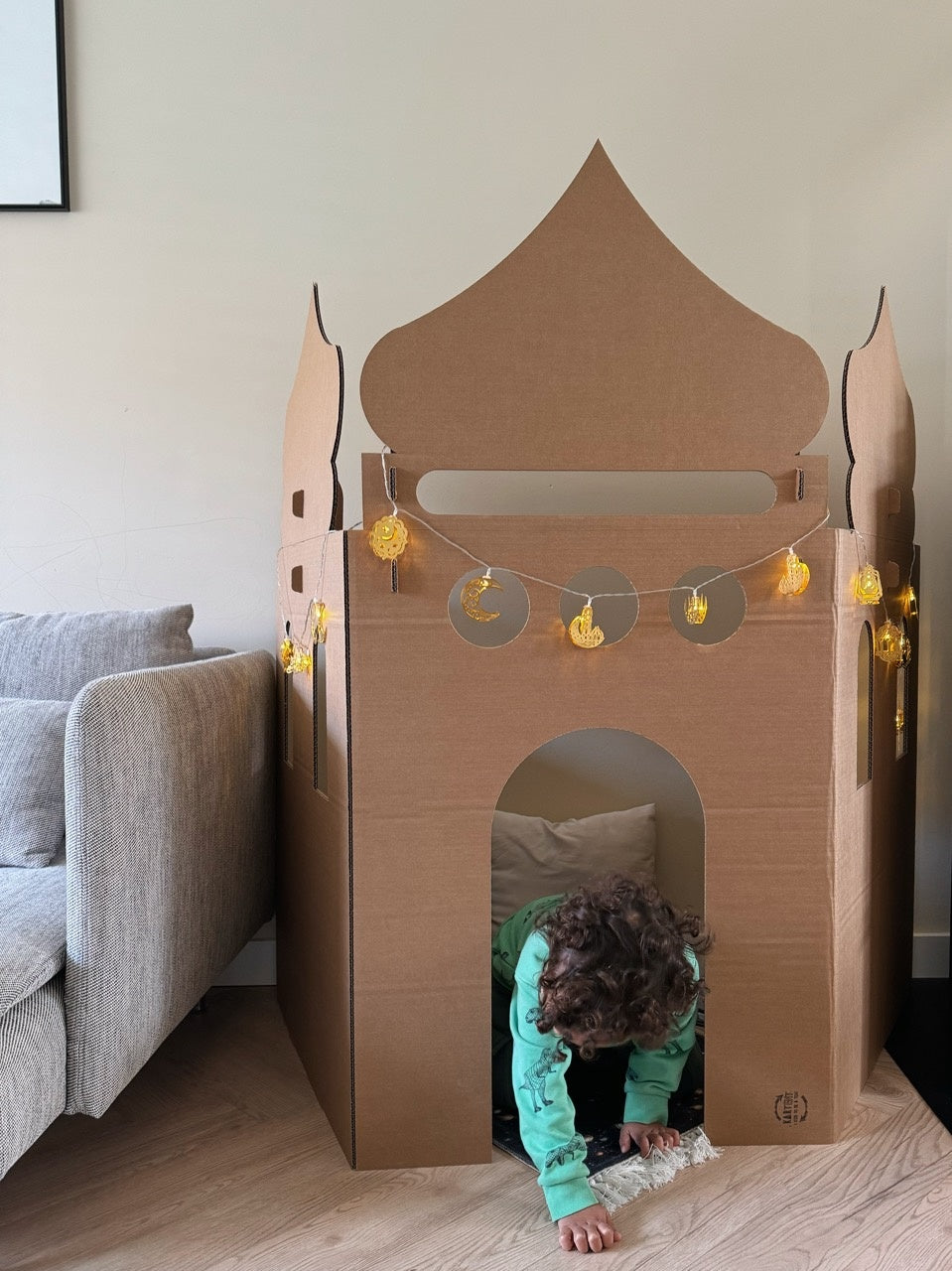


Leave a comment